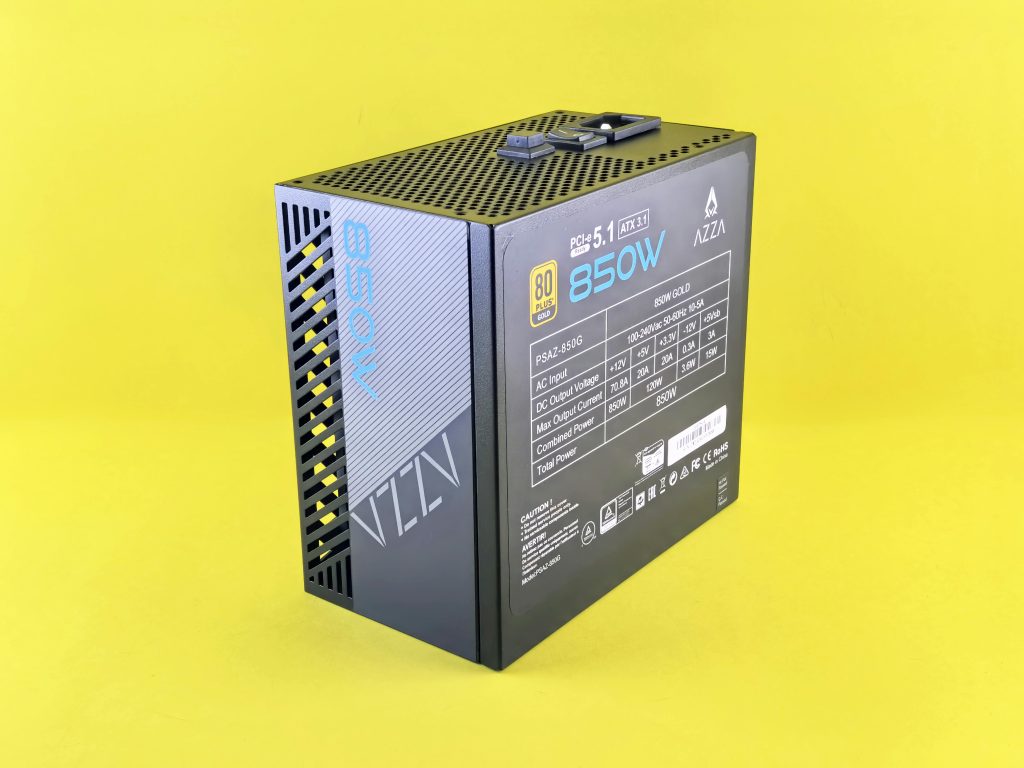Troubleshooting Black Screen Issues on Windows 11 After Wake from Sleep: A Builder’s Perspective
Building a custom PC offers immense satisfaction, but it can also come with its share of technical hiccups. Recently, a PC enthusiast and builder shared a recurring issue experienced on their newly assembled Windows 11 system: upon waking the computer from sleep mode, application windows—such as Steam and Chrome—display a black screen until they are manually reopened.
This post aims to explore the potential causes behind this problem, provide troubleshooting steps, and suggest solutions to restore seamless wake functionality.
Understanding the Issue
The user’s scenario involves putting a Windows 11 machine into sleep mode. Upon waking, applications resume their activity, but their visual interfaces remain obscured with a black screen. These applications only restore their visuals after being manually closed and reopened, which can disrupt workflow and gaming or browsing sessions.
Sample hardware specifications include:
- Processor: AMD Ryzen 7 9700X, 8 cores / 16 threads, up to 5.5GHz, on AM5 socket
- Graphics Card: ASUS GeForce RTX 4070 Ti Super ROG Strix OC 16GB GDDR6X
- Motherboard: ASUS ROG Strix X 870-F Gaming WiFi (AM5 ATX)
- Memory: 48GB DDR5-7200
- Operating System: Windows 11 Home
- Power Supply: 1000W
Potential Causes and Troubleshooting Tips
- Graphics Driver Compatibility
Outdated or incompatible graphics drivers are a common culprit for display issues post-sleep. Ensure that your GPU drivers are up to date:
- Visit NVIDIA’s official website and download the latest drivers specific to your RTX 4070 Ti.
- Alternatively, use Windows Update or GPU manufacturer utilities to check for updates.
-
Consider performing a clean installation of the drivers to eliminate remnants of previous versions.
-
Power Management Settings
Windows 11’s power settings, especially around PCI Express or graphics card management, could interfere with display resume:
- Navigate to Device Manager > Display Adapters, right-click your GPU, select Properties.
- Under the Power Management tab, uncheck options that allow Windows to turn off the device to save power.
- Also, in Control Panel > Power Options, set your plan to Balanced or High Performance and adjust
Share this content:



